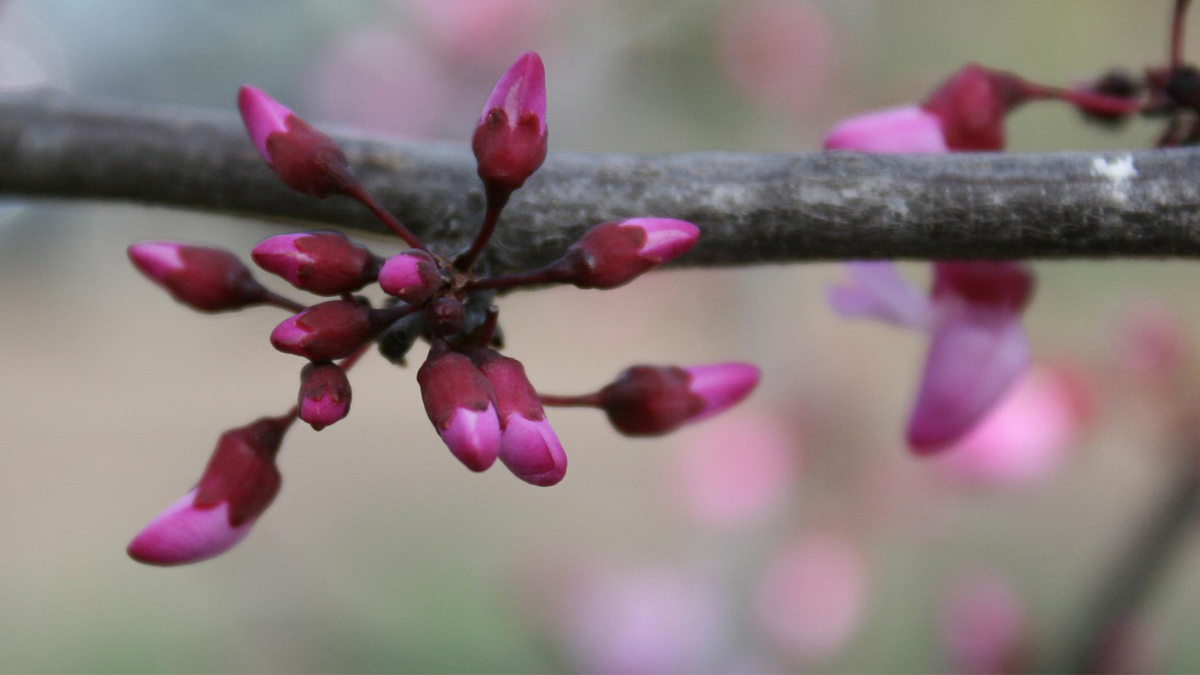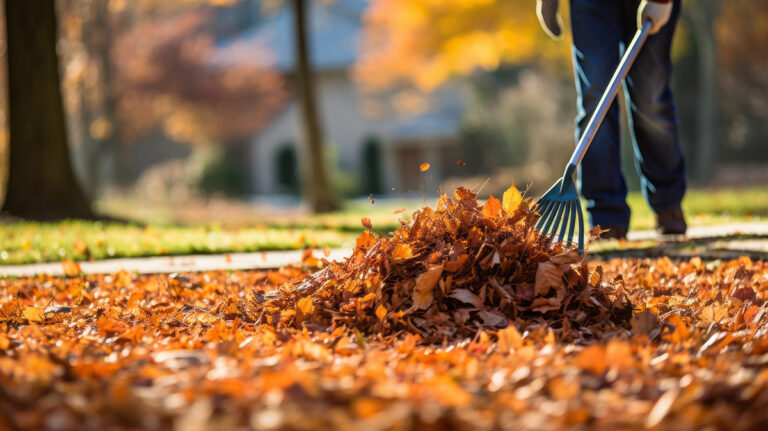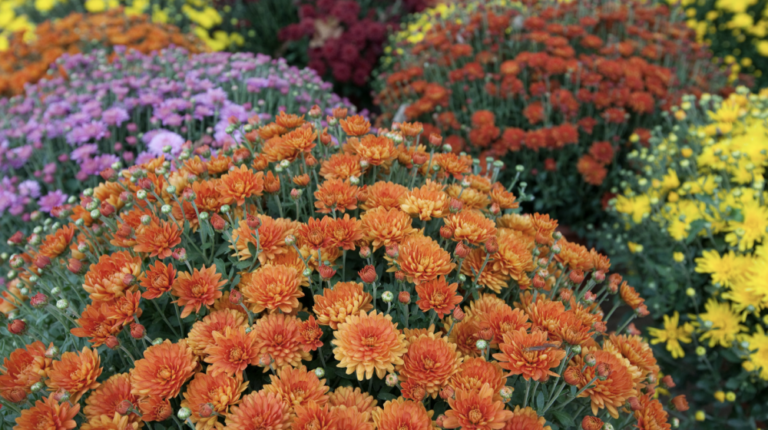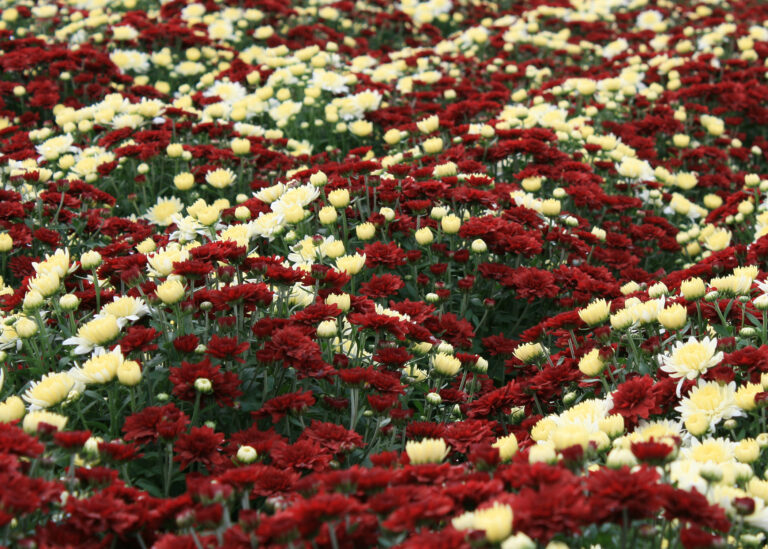
by Bronwynne Bailey, Lafayette County Master Gardener
While driving along our northern Mississippi roadways, you may notice a tree whose branched form is outlined in tight, pink blossoms. The common redbud blooms in March, before most trees have started to leaf out. Known botanically as Cercis Canadensis, it is a member of the legume family.
The redbud moniker is attributed to the outer layer of bud scales which are a deep red color. The spring flowers, ranging from white to pink to purplish red, appear before the three to five-inch heart shaped leaves begin to sprout. A redbud may be planted as a specimen tree in yards or sown as an understory specimen in wooded areas.

Redbuds are small trees, ranging from fifteen to thirty feet tall, with a twenty to thirty-five-foot canopy. These hardy trees are readily adaptable and can tolerate many different soil and climatic conditions. Transplant when young as they have difficulty surviving after root systems have developed. Redbuds cultivated in northern climates may not tolerate our more intense heat conditions. When purchasing, seek out local nurseries. When young, redbuds grow quickly, four to five feet per year. Thereafter they have a medium growth rate of one to two feet per year.
Ideal locations are moist, but well-draining, soil with four to six hours of sunlight and protection from afternoon sun. When planted in full sun they tend to a rounded shape with more abundant flowers; when grown in partial shade they have a taller, flowing, loose formed shape. Redbuds often have more than one trunk and may grow in a shrub-like manner. They can be pruned and trained to have one straight trunk and be grown like a small tree. When planted near walkways, redbuds will require pruning to remove lower branches. After planting, mulch to the drip line to protect the tree from drying out. Depending on climate, this tree may require weekly watering during the first year or two. Fertilize in spring and then every six weeks with slow release tree and shrub fertilizer.
There are numerous varieties of redbud. Consult your local nursery for availability. Some personal favorites are Forest Pansy, which has deep burgundy foliage that loses its intense color in the heat of summer, becoming almost bronze. Its late flowering petals are a deep rose color. The Rising Sun is a smaller tree (fifteen feet), which has rosy apricot leaves that fade to apricot-peach, then golden yellow, and finally matures a bright green. The flowers are a rosy pink. Black Pearl is a larger tree (twenty-five feet) and has dark purple leaves the color of blackberries with a shine that looks as if the leaves were waxed. Finally, Texas White, another smaller tree (ten to fifteen feet), has glossy thick leaves and white flowers and may have multiple trunks.

Fall color for most redbuds is generally nondescript, with some species producing pale yellow leaves. The fruit are three-inch seedpods that occur in fall. The pods are filled with seeds that may be eaten by wildlife including quail, cardinals, rose-breasted grosbeaks, wild turkeys, white-tailed deer, and squirrels.
Redbuds look especially beautiful when reflected by a water feature. Their showy leaves also create a nice background for flowering crepe myrtles. Their compact nature makes them an ideal tree for homeowners with smaller yards. Plant this tree specimen at least eight feet from the home. Redbuds can also be grown along creek beds to help with erosion control. Be sure to plant them back far enough so there is no standing water in the root bed. Redbud is a good choice for adding a punch of spring color to your landscape as a specimen or in a shrub border.

The Lafayette County Master Gardeners are pleased to welcome the public to their Annual Spring Lecture Series which will be held in the Dotsy A. Fitts Auditorium of the Public Library on 401 Bramlett Boulevard. Parking is available at the library or across the street at the Oxford Skate Park. Our next speaker will be Dr. Brice Noonan, Professor of Biology at the University of Mississippi who will provide a lecture on “Your Big Backyard… All Its Wonderful Reptiles and Amphibians” on Thursday, April 13 at noon. This talk will be beneficial for anyone interested in identifying snakes and amphibians inhabiting your garden. For more information or questions follow us on Instagram or Facebook, visit our website at http://www.lcmga.org/ or call the MSU Extension office at 662-234-4451.





